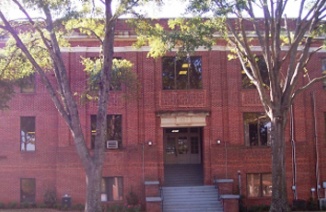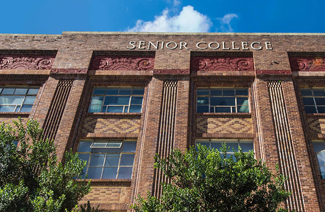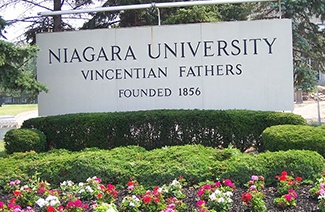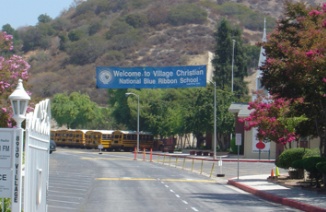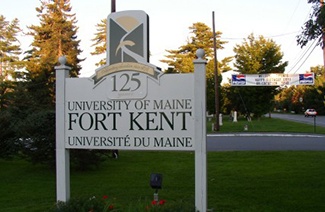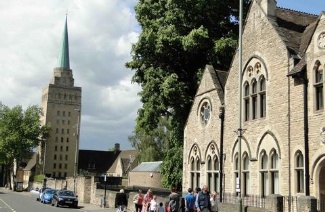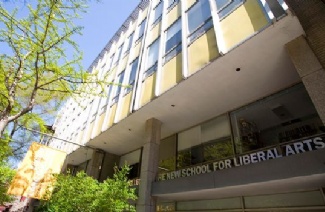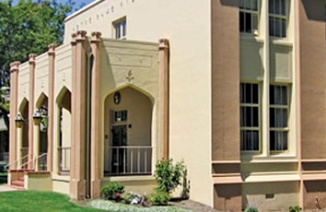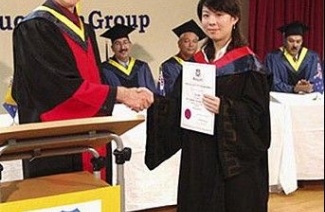GMAT阅读是GMAT考试中的重要考试题目,大家在备考的过程中要多加练习,为了便于大家更好的进行练习和备考,小编为大家带来了GMAT GWD阅读改版综合解析四十一,大家可以对以下题目进行练习,一起来看看。
In the fourteenth and fifteenth centuries, many Western Pueblo settlements in what is now the southwestern United States may have possessed distinctly hierarchical organizational structures. These communities’ agricultural systems ―which were “intensive” in the use of labor rather than “extensive” in area ―may have given rise to political leadership that managed both labor and food resources. That formal management of food resources was needed is suggested by the large size of storage spaces located around some communal Great Kivas (underground ceremonial chambers). Though no direct evidence exists that such spaces were used to store food, Western Pueblo communities lacking sufficient arable land to support their populations could have preserved the necessary extra food, including imported foodstuffs, in such apparently communal spaces.
Moreover, evidence of specialization in producing raw materials and in manufacturing ceramics and textiles indicates differentiation of labor within and between communities. The organizational and managerial demands of such specialization strengthen the possibility that a decision making elite existed, an elite whose control over labor, the use of community surpluses, and the acquisition of imported goods would have led to a concentration of economic resources in their own hands. Evidence for differential distribution of wealth is found in burials of the period: some include large quantities of pottery, jewelry, and other artifacts, whereas others from the same sites lack any such materials.
Which of the following, if true, would most clearly undermine the author’s statement in the last sentence of the passage(lines 38-43) regarding the distribution of wealth in Western Pueblo settlements?
A. Only community members of exceptional wealth are likely to have been buried with their personal possessions.
B. Members of communities with extensive agricultural systems are usually buried without personal possessions.
C. Most artifacts found in burial sites were manufactured locally rather than imported from other communities.
D. Burial artifacts are often ritual objects associated with religious practices rather than being the deceased’s personal possessions.
E. The quality of burial artifacts varies depending on the site with which they are associated.
T-3-Q5
According to the passage, which of the following is probably true of the storage spaces mentioned in line 14?
A. They were used by the community elite for storage of their own food supplies.
B. They served a ceremonial as well as a practical function.
C. Their size is an indication of the wealth of the particular community to which they belonged.
D. Their existence proves that the community to which they belonged imported large amounts of food.
E. They belonged to and were used by the community as a whole.
T-3-Q6
The primary purpose of the passage is to
A. outline the methods by which resources were managed within a particular group of communities
B. account for the distribution of wealth within a particular group of communities
C. provide support for a hypothesis concerning the social structure of a particular society
D. explain how political leadership changed in a particular historical situation
E. present new evidence that contradicts previous theories about a particular historical situation

